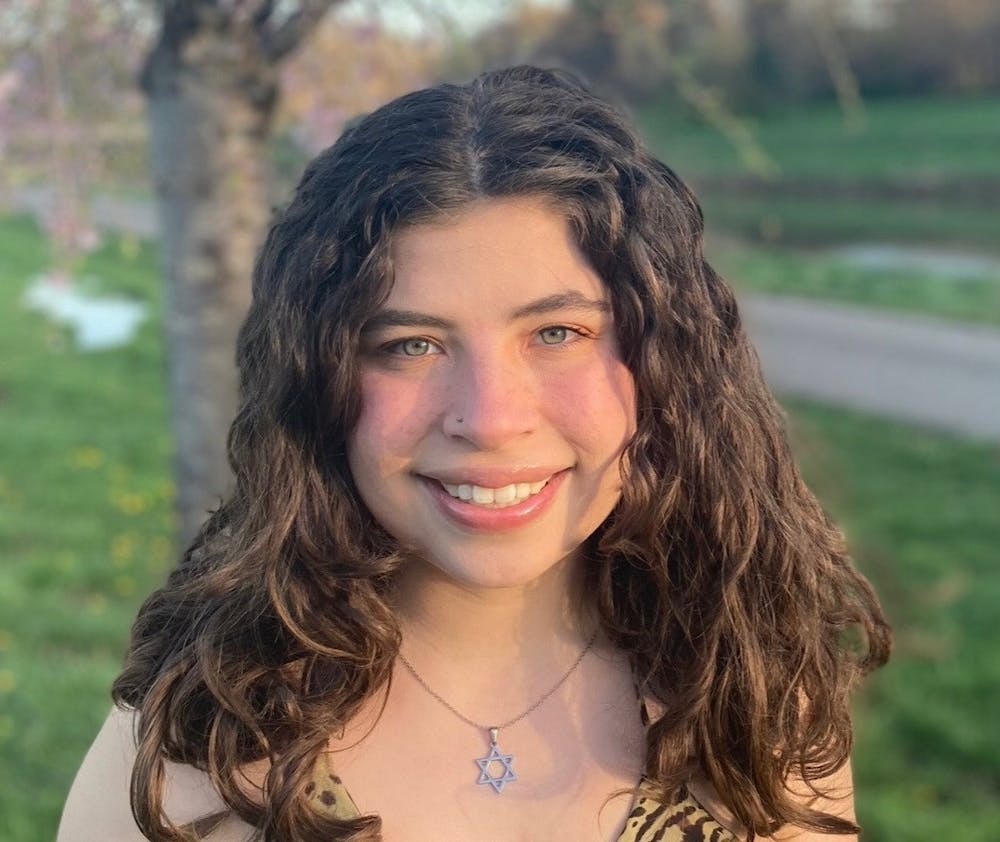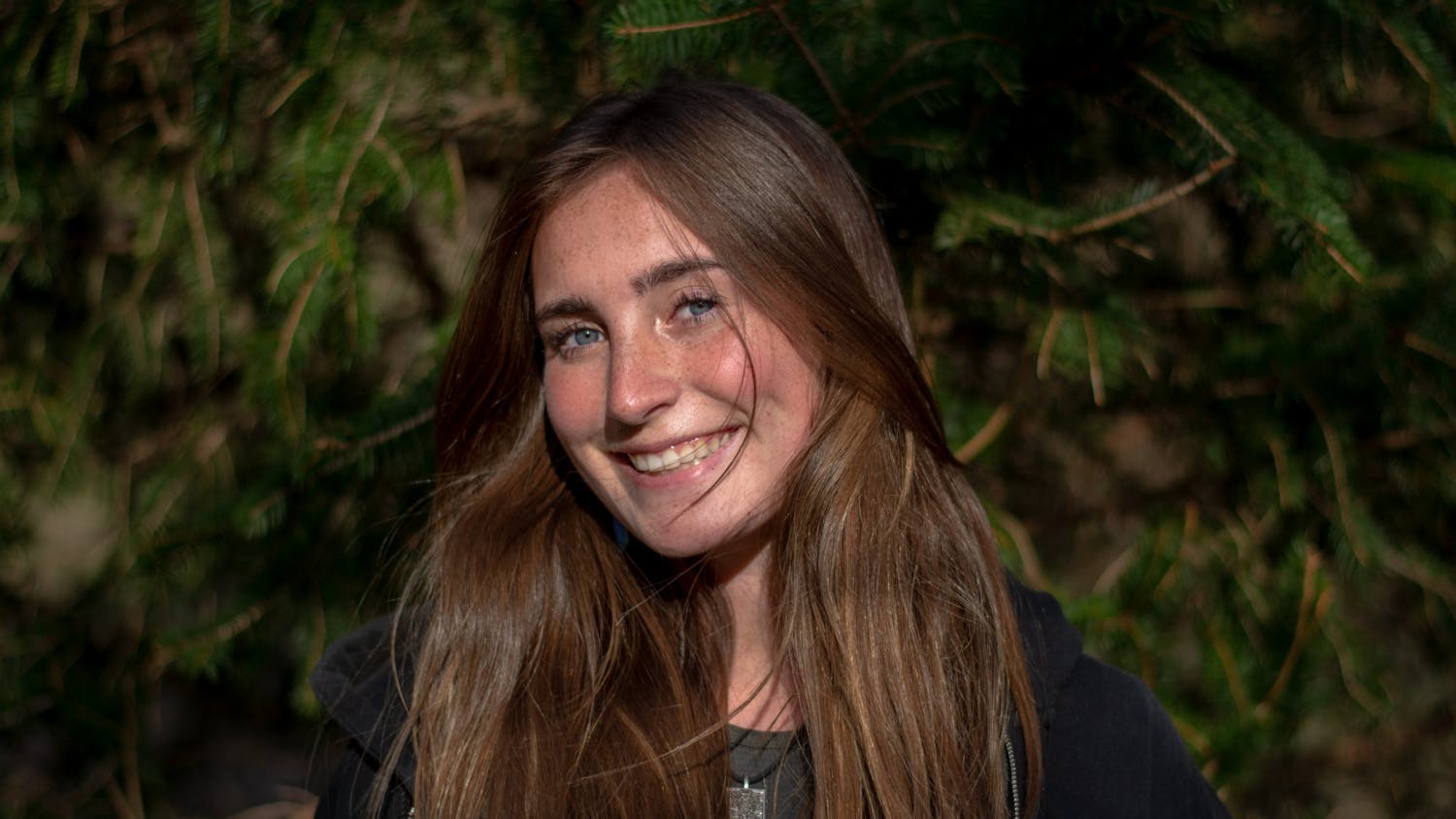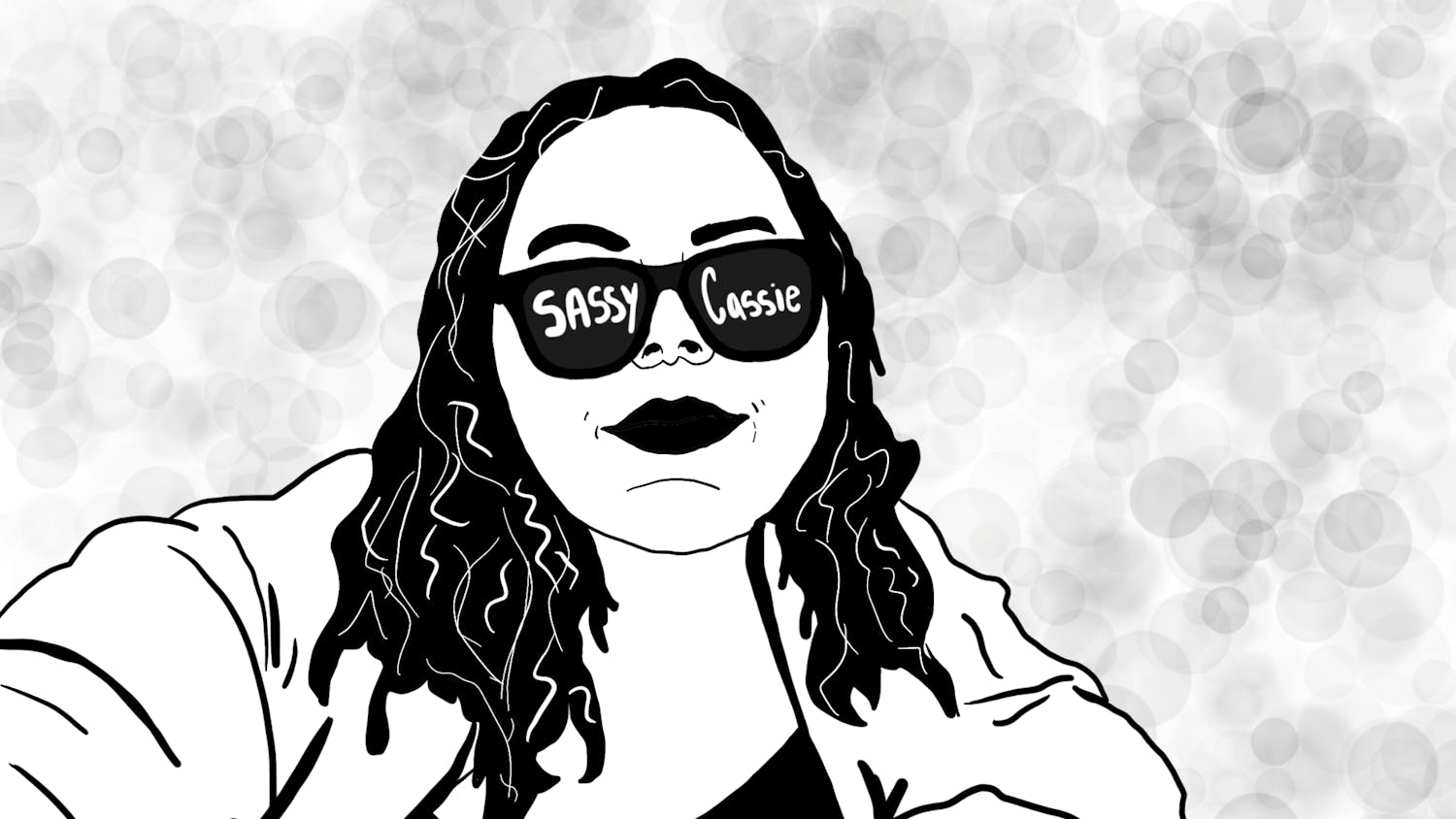This week's parshah is “Tetzaveh” which means “command.” It begins in Exodus 27:20 and ends in Exodus 30:10.
G-D is giving many instructions in this section. First, he tells Moses to collect pure olive oil from the Israelites. This, He says, will be used to feed the “everlasting flame” in the menorah. Then there is a description of the garments worn by the kohanim, or the priests, when performing their duties in the Mishkan. All kohanim wore a ketonet (a full-length linen tunic), michnasayim (linen pants), mitznefet or migba’at (a linen turban) and avnet (a sash bound at the waist).
While these were worn by every kohen (priest), the High Priest (the kohen gadol) wore additional garments. He wore the efod (an apron-like article made of blue, purple and red-dyed wool, linen and gold thread), the choshen (a breastplate with 12 precious stones inscribed with the names of the Twelve Tribes of Israel), the meil (a cloak made of blue wool with gold bells and decorative pomegranates on its hem) and the tzitz (a golden head plate placed on the forehead with “Holy to G-D” inscribed on it).
I am not shy about the fact that I struggle with my faith at times. When I study the parshah, I often think, “Okay, but why does this matter?” This week I challenged myself to go into my parshah study with a more open mind and be more receptive to what I was learning. I challenged myself to knock down the barriers that lead me to that question because they are also barriers to my learning. So, instead of reading this parshah as a list of what the kohanim wore, I came at it from a different approach. “This is what the kohanim wore. What connection can I find to my life several thousand years later?”
Because Judaism is based largely around tradition, and because this tradition is so old, the answer was “A lot!” The “everlasting flame” is still something that is done in some modern-day synagogues. Rather than a fire, which was meant to be kept lit all day, my synagogue growing up had an ornate overhead light, which was kept on constantly. It may not be as impressive as the flame in the Mishkan, but the tradition is still kept alive.
Jewish women in Middle Eastern countries also used to wear bells just like the kohen gadol did. In Yemen, this was done as part of a celebration of Hanukkah and Iraqi women were often adorned with bells on their wedding day.
It can be hard to feel truly Jewish in the modern world, especially in the diaspora. In both time and space, I am far removed from the life of Moses or the Holy Temple. But traditions like these close the distance. I know that I am Jewish, even though I am so vastly different from my ancestors, because I take part in the same things they did. I study the parshah from the same Torah they once read, my dietary restrictions look similar and I celebrate the same holidays.
Things have changed immensely since the time of the kohanim, but so many things have also stayed the same. I am connected to my ancestors every day because of traditions that have survived for thousands of years.
Hadass Galili is a senior studying political science pre-law at Ohio University. Please note that the views and opinions of the columnist do not reflect those of The Post. Do you agree? Tell Hadass by tweeting her at @HadassGalili.






